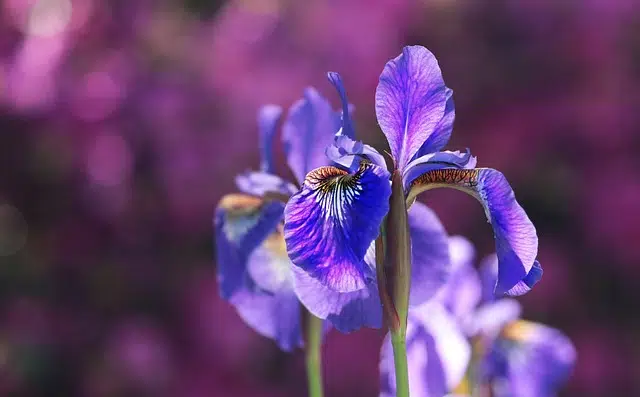
Nastia is a temporary response of a plant to a stimulus.
The movement that a plant makes when it receives a diffuse stimulus is called nastia . This temporary response , which leads the specimen to move certain organs, may be due to its own growth or to an influence that comes from outside.
The direction of the stimulus that causes nausea does not affect the resulting movement. That is why it is said that these stimuli are not directional. Nastia, in this framework, is an active reaction that is not guided by the direction of stimulation.
Nastia vs. tropism
The branches , flower petals and leaves are some of the organs that move due to nastia. It is important not to confuse between nastia, which is temporary, and tropism , which is a continuous response.
With nastia, therefore, the action lasts for a few minutes or hours. On the contrary, tropism causes the plant to maintain the response . Gravitropism , to mention one case, causes the stems to always grow upward to reach the surface and the roots to grow downward into the ground.

Flower petals may move due to nastia.
Classification according to type
There are several kinds of nastia. Hydronasty (linked to environmental humidity), thermonasty (produced by temperature changes), photonasty (generated by light), nyctinasty (a response to the time of day) and seismonasty (which is caused by a shock or a blow) are some types of pain that can cause a flower to close or open, for example.
Hydronasty occurs when the sporangia of ferns open. Sporangia are structures in plants, algae and fungi that generate and store spores. In addition to ferns, we can find them in gymnosperms and angiosperms, among other types of plants.
With respect to thermonasty , we can say that, for example, it takes place when the petals of some flowers (such as tulips and saffron) close or open, depending on whether the temperature of the environment decreases or increases, respectively. This mechanism occurs because in the perianths (the structure that surrounds the sexual organs, although it is not directly involved in the reproduction of the flower) the temperature of its upper part increases at a greater rate than that of its lower part.
Photonasty, seismonasty and nyctinasty
We have also mentioned photonasty , a response that disappears as soon as the light stimulus stops acting. In other words, since the nastia is temporary, the specimen returns to the state in which it was before being subjected to the light source. There are many species of flowers that open as the amount of light increases in the morning and then close during the evening.
Regarding seismonasty we can add that the stimuli that cause it can be electrical or mechanical, although in any case they lead to a movement of the parts of the plant. Scientists have observed this phenomenon in several plants, such as mimosas , a large genus of species (around seven hundred) that originate in both hemispheres, both in the tropical and subtropical areas .
Nyctinastia is especially interesting, since the stimulus that the plant receives is the day and night cycle , to which it responds by altering the position of its leaves. It is important to note that this type of nastia is also related to light. Throughout the day, the leaves remain extended, while at night they fold up in order to conserve heat.
A nickname or stage name
Nastia , on the other hand, is the nickname of Anastasia Liukin . This American gymnast, born in Russia , is an Olympic medalist.
The Ukrainian DJ Anastasia Topolskaia , a house reference, is also known as Nastia .
